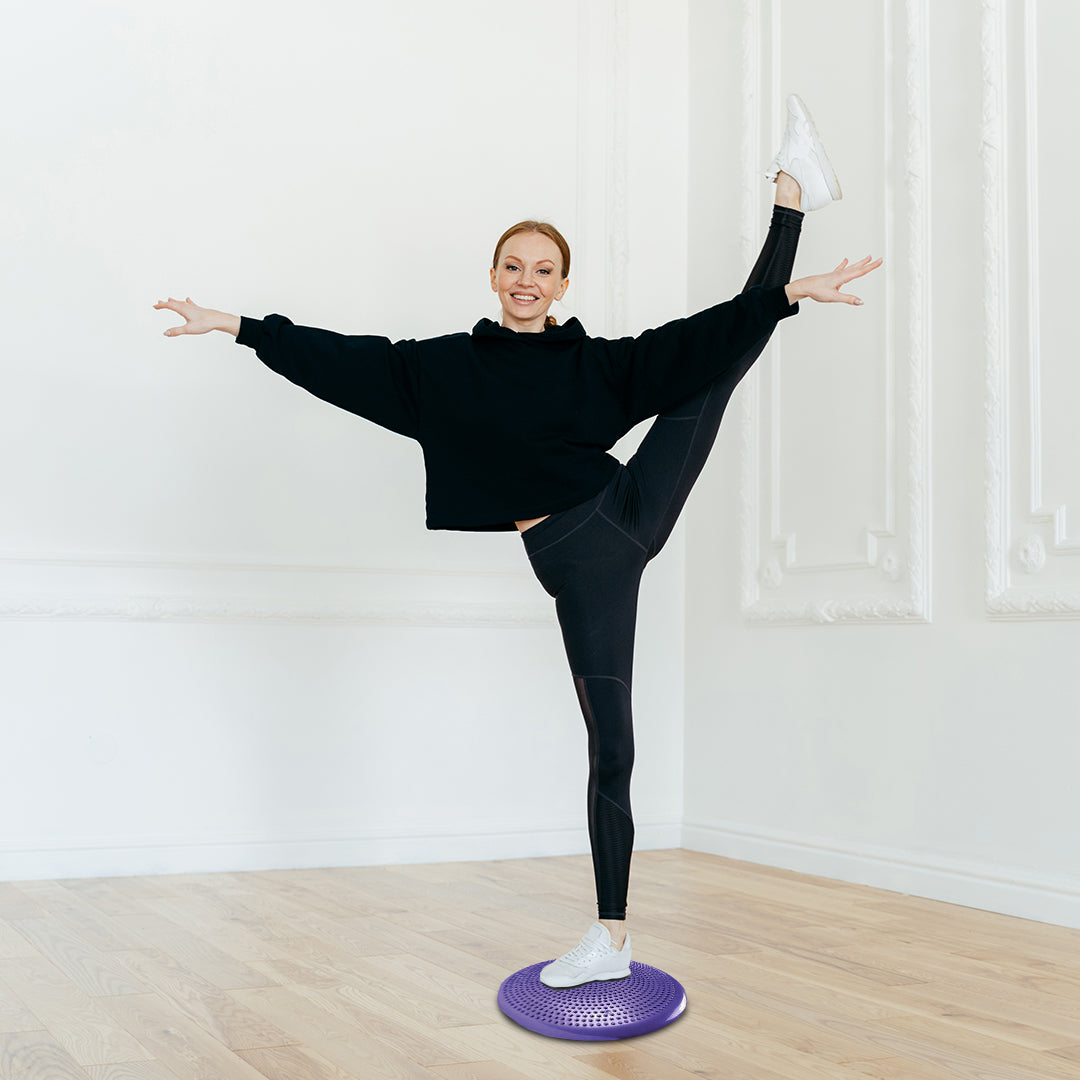Saddle Up for Stronger Glutes: The Impact of Cycling on Your Backside
Introduction
Cycling is not only a great way to get around and pass the time, but it's also an excellent way to work out different muscle areas because of its repetitive pedal strokes and beautiful routes. Riding a bike has many advantages, but one that frequently takes center stage is the possibility of developing stronger, more defined glutes. We'll look at the relationship between cycling and glute development in this blog, explaining how time spent in the saddle can help develop a well-defined posterior.

Exercises like squats, lunges, and hip thrusts are popular choices for developing the glute muscles. What about cycling, though? Does cycling build glutes? We'll examine the connection between cycling and glute growth in this blog post to help you see how this exercise can help you develop your posterior.
Cycling and Glute Activation
Cycling mostly works the muscles in the lower body, such as the calves, hamstrings, and quadriceps. Although they are not the main muscles used in cycling, the glutes do contribute to power production and hip stabilization during the pedaling motion. During the pushing phase of cycling, the gluteus maximus, which is the largest muscle in the glute complex, is especially worked.
Cycling engages and strengthens the glute muscles to some level, even though it doesn't directly stimulate them like squats or lunges do. Depending on a number of variables, including riding effort, gear choice, and cycling style, the degree of glute activation during cycling can change.
Hill Climbing and Glute Development
Hill climbing is one part of cycling that specifically targets the glutes. Riding uphill puts extra strain on your glutes, which are responsible for producing the power needed to push through the resistance. The additional strain that hill climbing places on the glute muscles over time may aid in their development.
You can concentrate on using your glutes to power through the pedal stroke instead of primarily using your quadriceps to maximize glute activation during cycling. Through deliberate activation of your glutes with each pedal stroke, you can improve the recruitment of these muscles and possibly even induce further growth.
Combining Cycling with Strength Training
Hill climbing is one part of cycling that specifically targets the glutes. Riding uphill puts extra strain on your glutes, which are responsible for producing the power needed to push through the resistance. The additional strain that hill climbing places on the glute muscles over time may aid in their development.
You can concentrate on using your glutes to power through the pedal stroke instead of primarily using your quadriceps to maximize glute activation during cycling. Through deliberate activation of your glutes with each pedal stroke, you can improve the recruitment of these muscles and possibly even induce further growth.
The Cycling and Glute Engagement Connection
The Action of Pedaling:
When cycling, the main movements are the hips extending when you push the pedal down and flexioning when you pull the pedal up. The largest muscle in the gluteal group, the gluteus maximus, is the precise target of this movement.
Challenges Uphill:
Riding up hills on a bike increases resistance and works your glutes more intensely. In order to conquer the inclination when riding uphill, more effort must be applied to the glutes, which promotes muscular engagement and growth.
The role of stabilization When it comes to keeping your balance and stabilizing your pelvis while riding, your glutes are essential. The glutes give stability when you move quickly or across uneven terrain, gradually building strength and endurance.
Sprints and Intervals:
You can further target your glutes by including sprints and interval training in your riding regimen. Rapid bursts of high-intensity cycling work the glutes harder, which promotes muscular growth and activation.
Benefits Beyond Aesthetics
Electrical Production:
In order to increase overall cycling performance and efficiency, strong glutes are essential for producing power throughout each pedal stroke.
Injury Prevention:
Strong glutes improve hip stability and minimize the chance of injuries, particularly those related to the knees and lower back that are frequently sustained when cycling.
Posture Improvement:
Maintaining correct pelvic alignment through glute strength training supports healthy posture on and off the bike.
Tips for Maximizing Glute Development

Climb Hills Frequently:
Look for steep areas to work your glutes and strengthen them with uphill riding.
Incorporate Interval Training:
To activate the glutes more strongly and encourage muscle growth, incorporate high-intensity pedaling intervals.
Optimise Bike Configuration:
Make sure your bike fits your body correctly; a wrong configuration can result in poor muscle activation. Getting your bike fitted by a pro can assist with this.
Strength Training:
To further boost glute growth, add focused strength training movements, like lunges and squats, to your riding regimen.
Riding a bicycle is not just a fun way to go around town or pass the time; it's also a highly effective kind of exercise that works a variety of muscles, including the strong glutes. You may get the benefits of stronger, more toned glutes by regularly adding cycling into your workout regimen and paying attention to variables like terrain, intensity, and bike setup.
Conclusion:
Cycling has the potential to enhance glute activation and offer a degree of toning and strengthening. Riding a bike with regularity and intensity, especially on hilly terrain, can help grow glutes even if it might not be the most obvious or focused workout.
It is advised to combine cycling with specific glute-focused strength training workouts to optimize your glute gains. This well-rounded strategy will guarantee complete glute development and supply the required stimulus.
Keep on pedaling, add some hills to your rides, and incorporate specific glute exercises into your workout program if you enjoy cycling and want to develop stronger glutes. Accept the synergy between cycling and strength training to get the desired toned and shaped posterior. Happy cycling and glute building!





